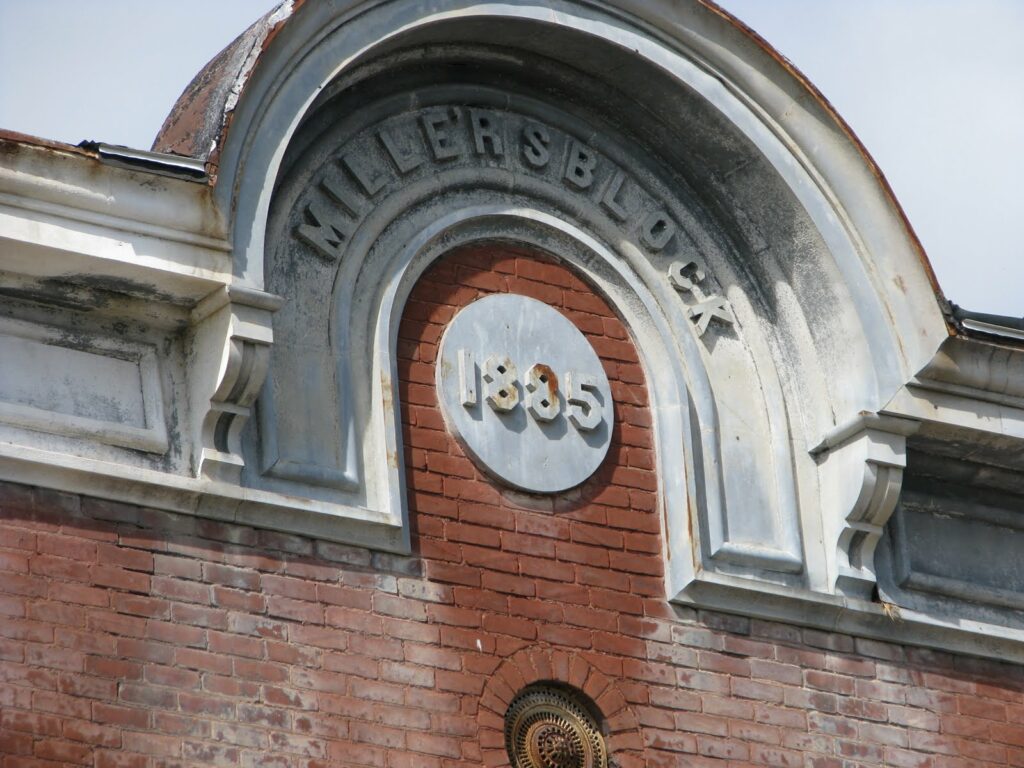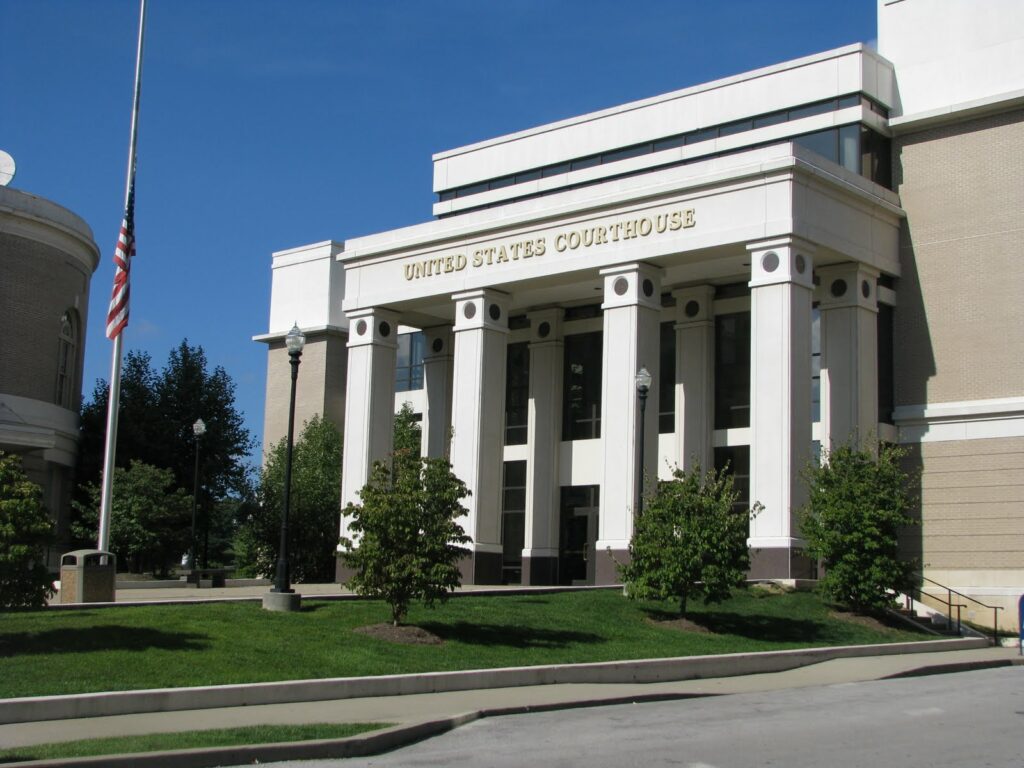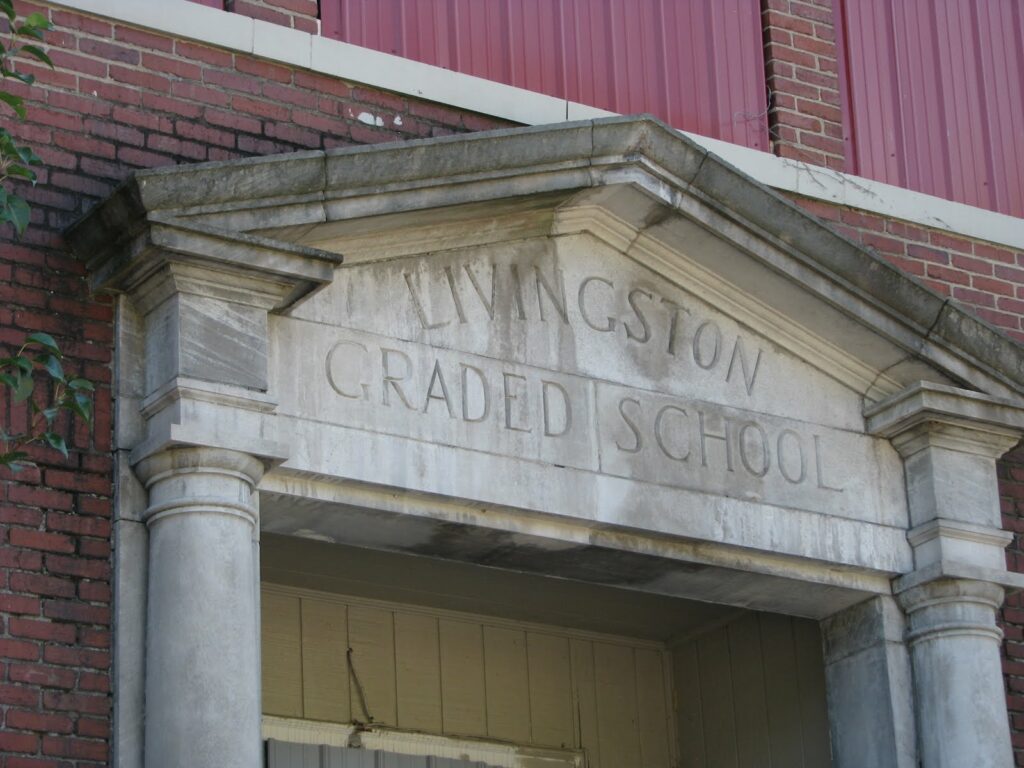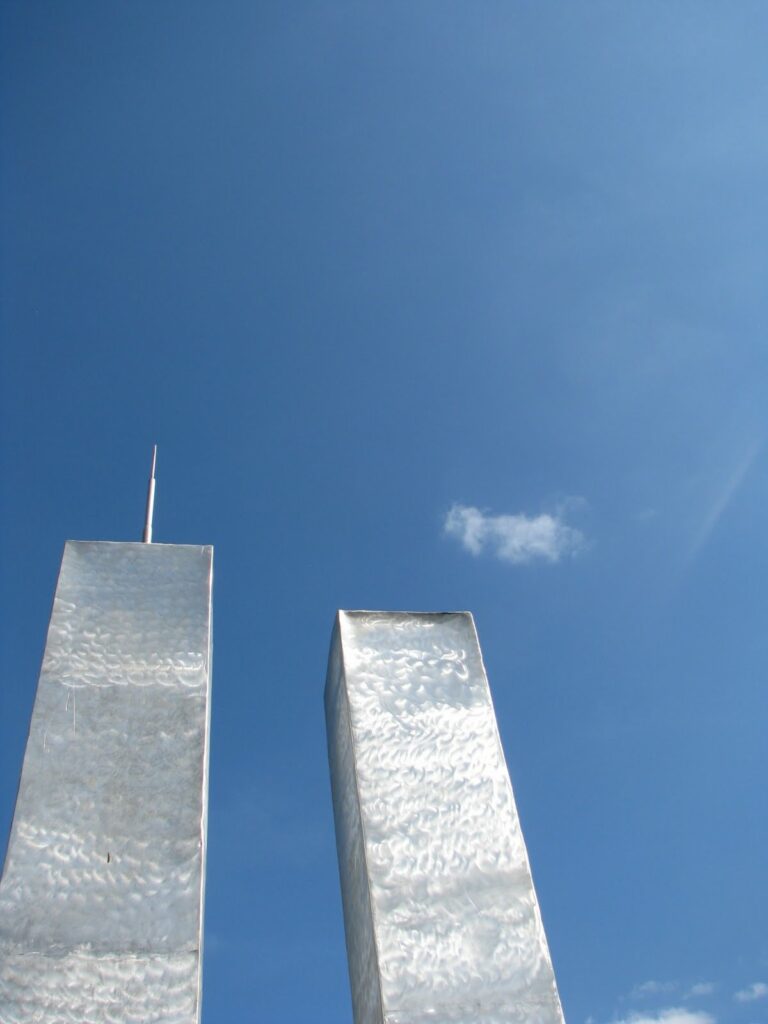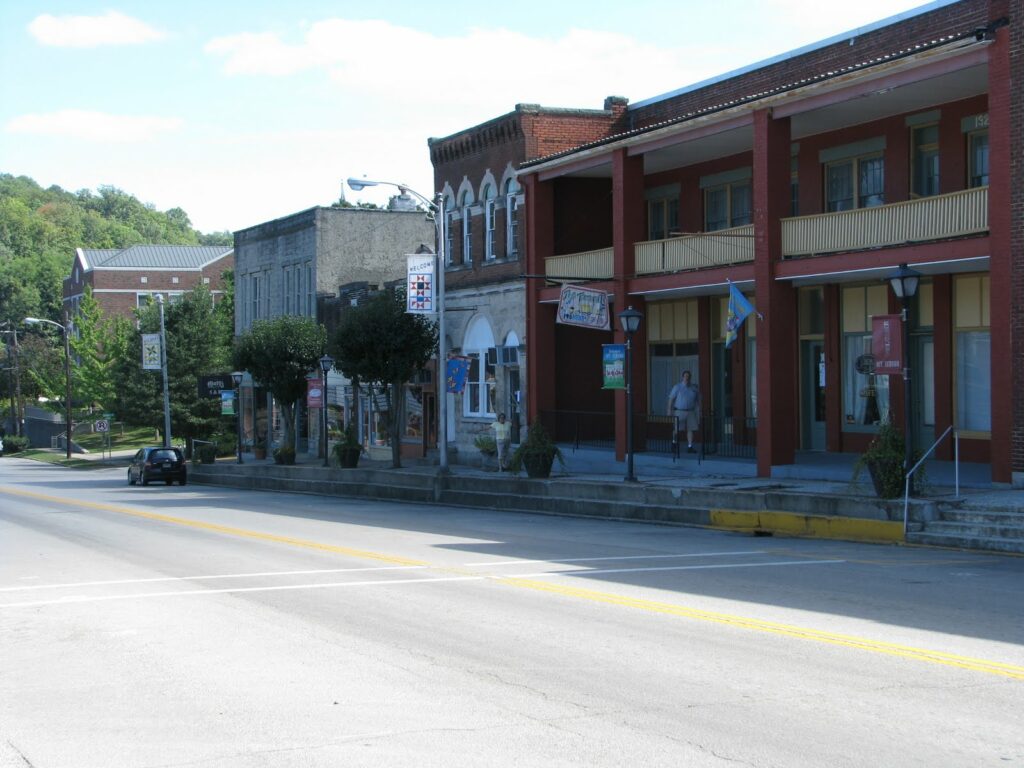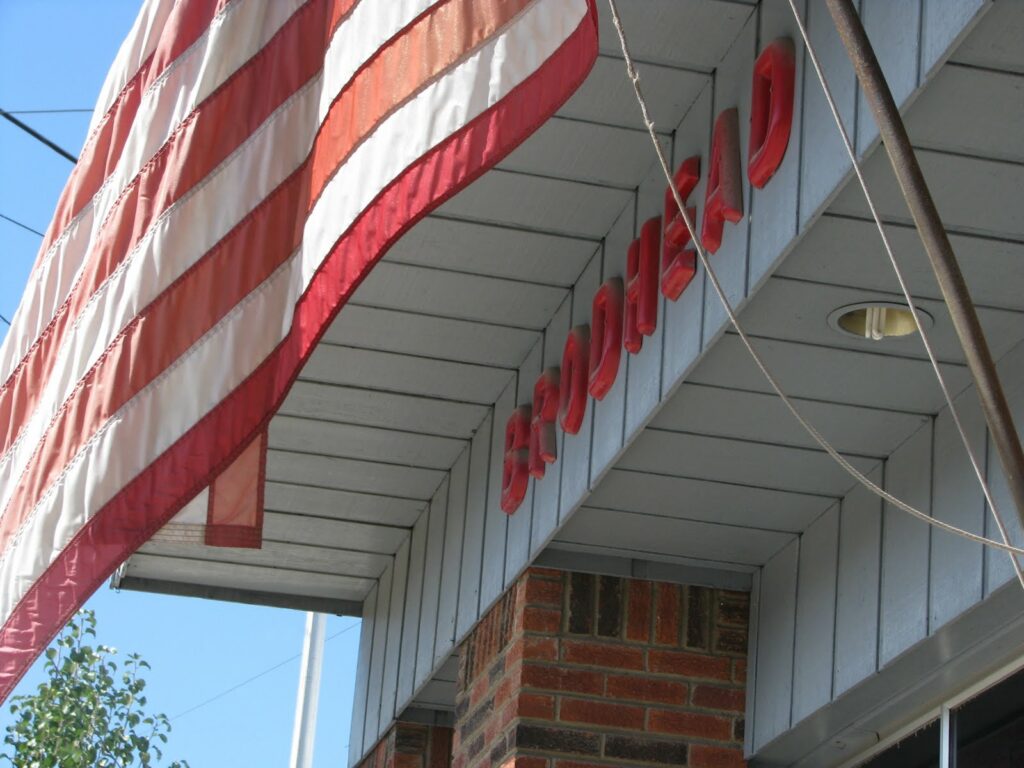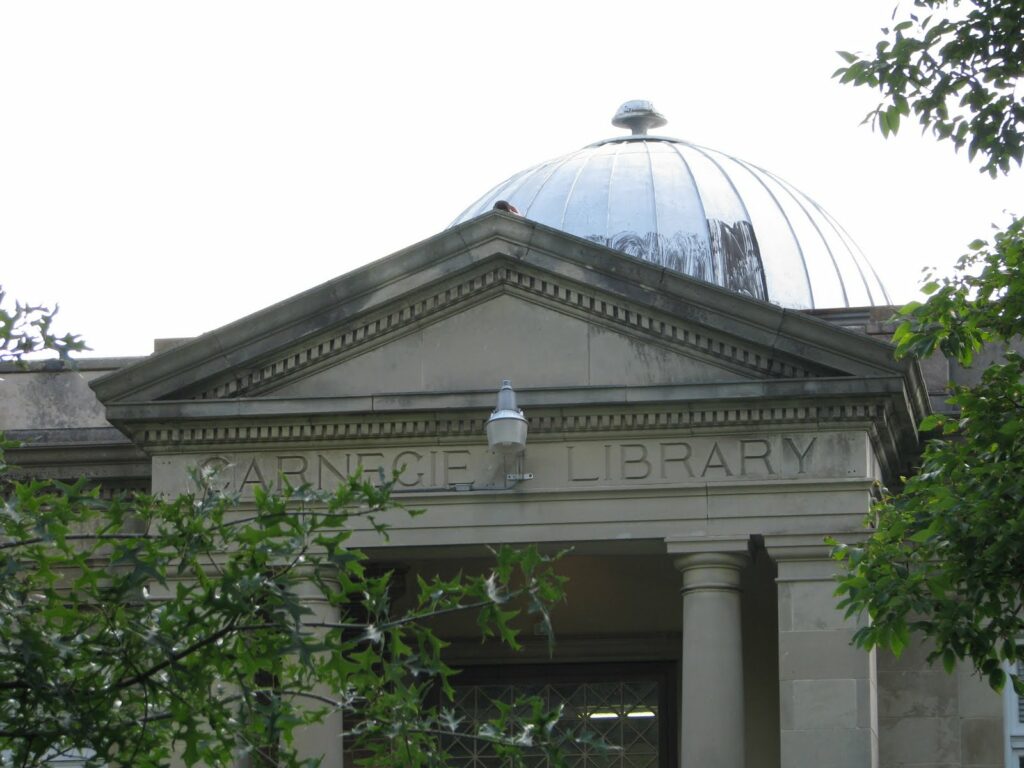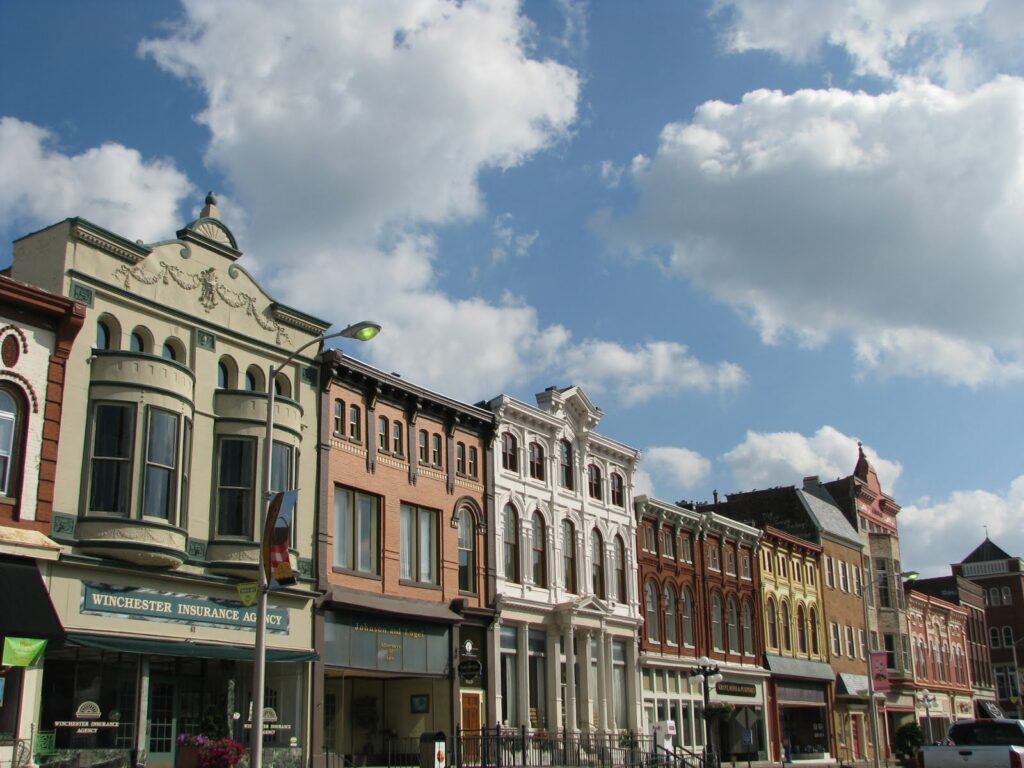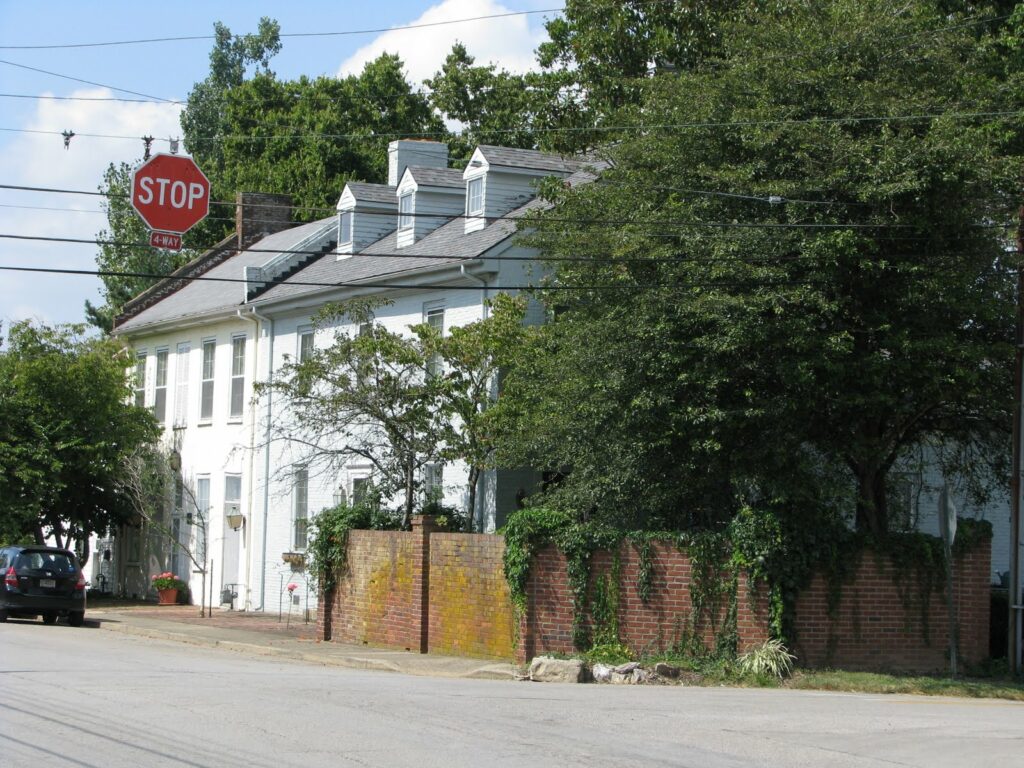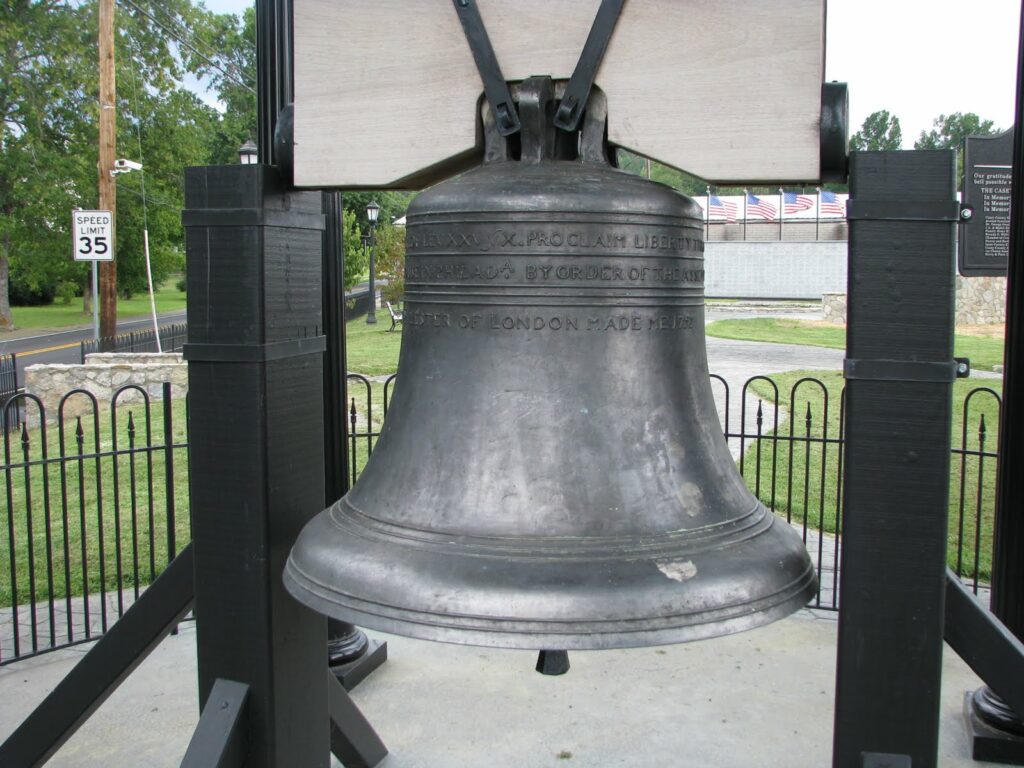 Oops. Didn’t mean to end up in Carlisle. Nate has already visited the Nicholas county seat, but I was not hardpressed to find different foci in Carlisle.
Oops. Didn’t mean to end up in Carlisle. Nate has already visited the Nicholas county seat, but I was not hardpressed to find different foci in Carlisle.
First, Carlisle is the home of the Kentucky Doll and Toy Museum. Now, I know we all have different interests – and that is great. Some people love bric-a-brac, but I’m not a huge fan. And, to be honest, porcelain dolls kind of scare me. I don’t know if this is a natural fear or the product of the “Chucky” films, but the dolls and their beady tin eyes frighten me just a bit. If they don’t frighten you, however, come to Carlisle – there is an entire museum just for you.
 Second, Carlisle is the home of a C.M.E. Church. Although the sign indicates that services are still conducted weekly, the building is in a terrific state of disrepair (this is the best view of the cupola). In fact, the church reminds me of a painting in my parent’s home: a country church with overgrown weeds and a sign reading “Closed Due to Rapture.” I’m sure this C.M.E. congregation would wear the analogy with pride.
Second, Carlisle is the home of a C.M.E. Church. Although the sign indicates that services are still conducted weekly, the building is in a terrific state of disrepair (this is the best view of the cupola). In fact, the church reminds me of a painting in my parent’s home: a country church with overgrown weeds and a sign reading “Closed Due to Rapture.” I’m sure this C.M.E. congregation would wear the analogy with pride.
Of course, I was also curious in that I have not previously heard of the C.M.E. church. The Christian Methodist Episcopal Church was originally known as the Colored Methodist-Episcopal Church and, like the A.M.E. churches, was a predominately black denomination. Both denominations adhere to Wesleyan doctrines and discussions of consolidating the two denominations have taken place.

